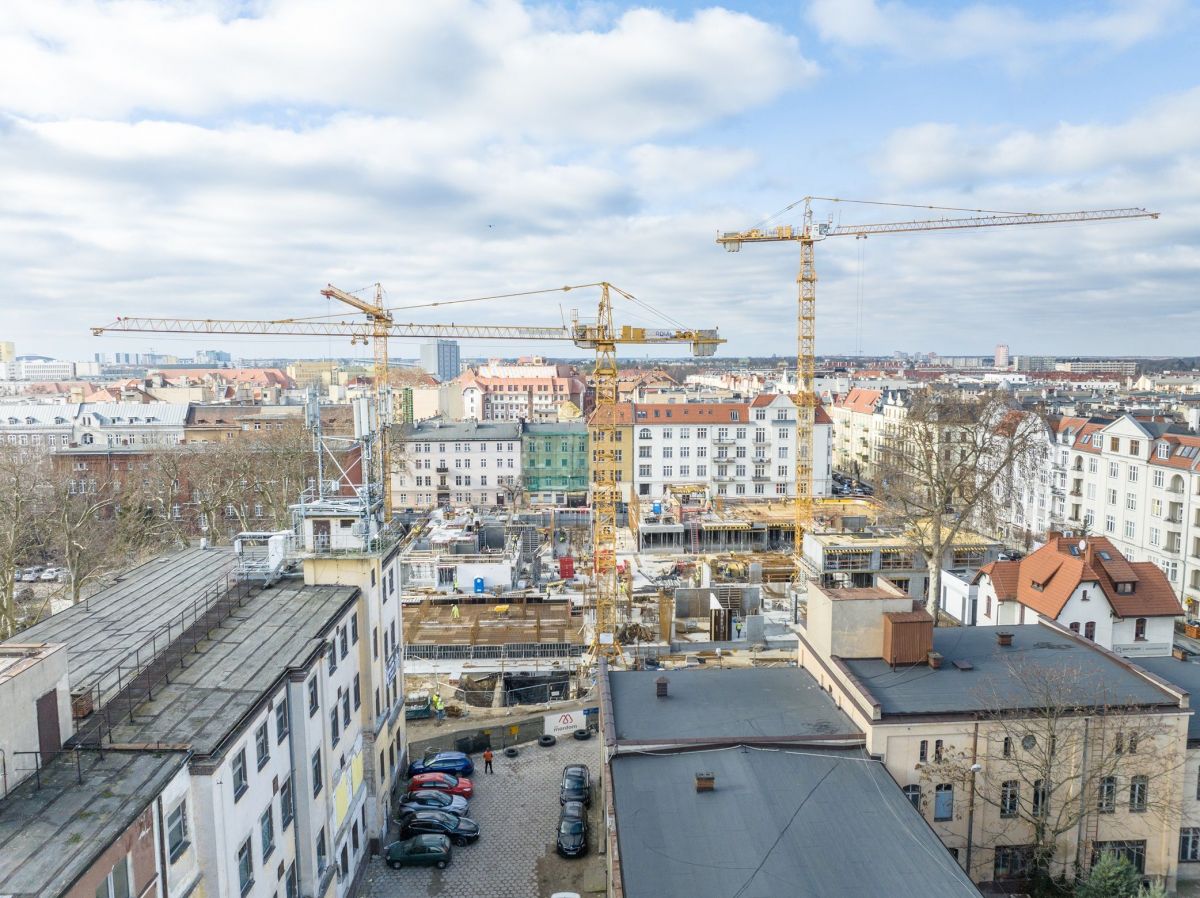When investors are faced with deciding whether to knock down, modernise or convert a building, they have to consider many factors – not least, according to Anna Staniszewska, the associate director of strategic consultancy at CBRE, the financial considerations. “It might turn out that the value of the buildings that stand on an attractive plot is less than that of the site without the buildings. Nonetheless, any particular strategy that is adopted should be preceded by an in-depth study of the profitability, the opportunities and the risks of any particular scenario,” she argues. She also maintains that tenant interest is currently generally concentrated on modern buildings that fit into their ESG strategies and provide HR departments with an additional attraction for new workers. Because of this demand for older space is falling resulting in rising vacancies. Monika Dębska-Pastakia, a partner and associate for real estate deal advisory at KPMG, outlines this point f































































